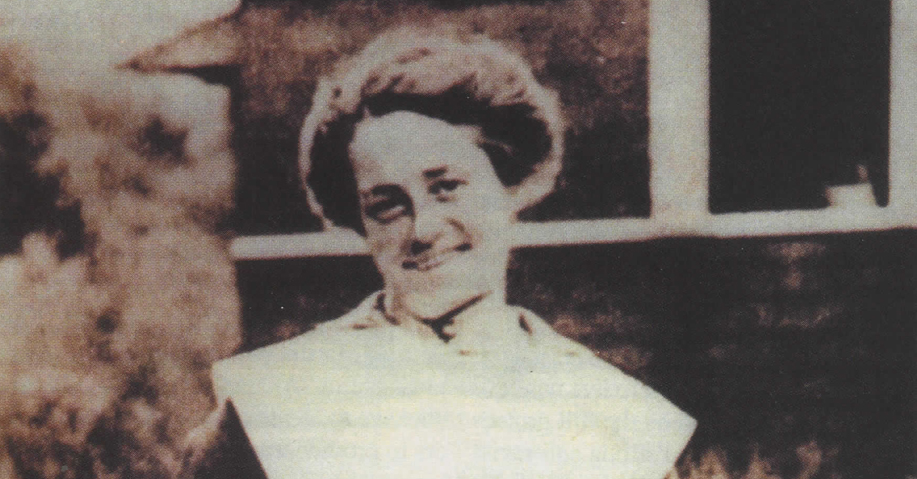In the days when “No Irish Need Apply,” my maternal grandmother, Margaret McCabe Ackerson, was lucky to find work scrubbing office floors to support her five children. My aunt remembers sitting as a little gift on the curb in front of their East 29th Street, Manhattan tenement until her widowed mother came home around midnight. This was not the American dream Margaret’s father, Patrick McCabe, left Ireland for in the mid-1880s.
Things improved when Margaret remarried, quit scrubbing floors, and began attending the new Nickelodeon movies. She was crazy about them…even though ushers went down theater aisles spraying disinfectant, hygiene not being what it is today.
Margaret’s untimely death in 1923 at age forty-two prevented her from seeing that her children achieved a share of the American Dream. They did it via routes open to the Irish at the time: one son became a priest, one a detective, one a CPA. As for the girls, my mother became a telephone operator for Ma Bell, working split shifts (8 a.m. to 12 noon and 3 p.m. to 7), before marrying my father, James McQuillan Stewart, a sailor from Belfast. I suspect he, like so many immigrants, jumped ship and was here illegally, but he had kissed the Blarney Stone and talked his way into a job in the Accounting Department of Consolidated Edison Company of New York, as it was then called.
The little girl who sat on the sidewalk waiting for her mother married a teacher.
The family has come a long way since Margaret scrubbed floors. My sister teaches, her son is a film animator, her daughter runs her own gardening business, and I was an advertising writer.
As I look at this circa 1920 photo of my grandmother, I am proud of how hard the Irish worked to make “No Irish Need Apply” a thing of the past. ♦


Thank you so much for this article. My grandmother and grandfather had a similar history, and you’ve inspired me to write about them and my family. With all best wishes, Ann Raftery Meyer